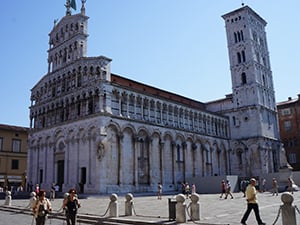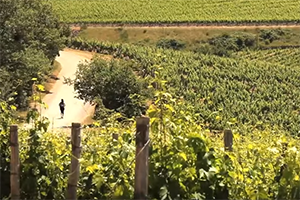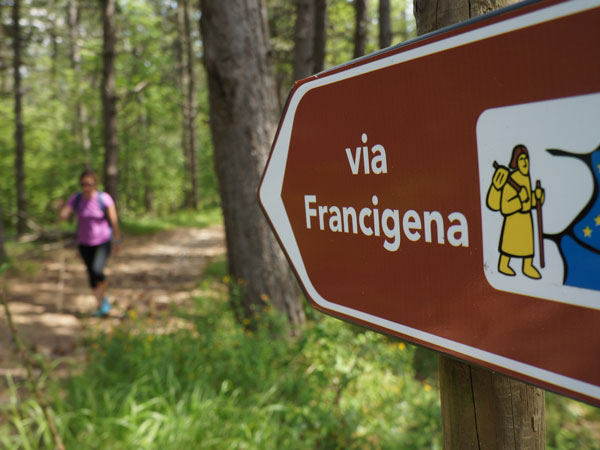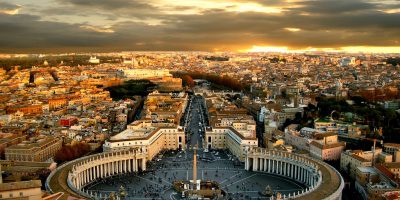
According to Cicerone Guides, there was an estimated 2,500 Via Francigena pilgrims in 2012. Taking into account the route stretches across Europe all the way from Canterbury to Rome, the number of pilgrims you’ll encounter on the route will be quite small, particularly if you have walked the Camino de Santiago and have this trail as a reference. To put it in perspective, over 240,000 reached Santiago de Compostela in 2014 for instance. Also because of its length (over 2000 kms), most pilgrims will pick small sections of the Via Francigena route at the time.

Even though the route has been followed by pilgrims for many centuries, the Via Francigena or Camino to Rome, is not as known or popular as the Camino de Santiago today. Even if the number of pilgrims has been increasing in recent years, the route remains relatively unknown and an off the beaten track trail. It is ideal for those looking for a peaceful walking or cycling experience and not too concerned about meeting other Francigena pilgrims along the way. Of course, once you reach the Vatican and Rome, you will meet hundreds of pilgrims, but not many can claim to have reached the city on foot!
If you’d like to travel as part of a group, you can join our Via Francigena guided tours.
For more information about cycling or walking the Via Francigena or to book your trip, contact our travel specialists.



